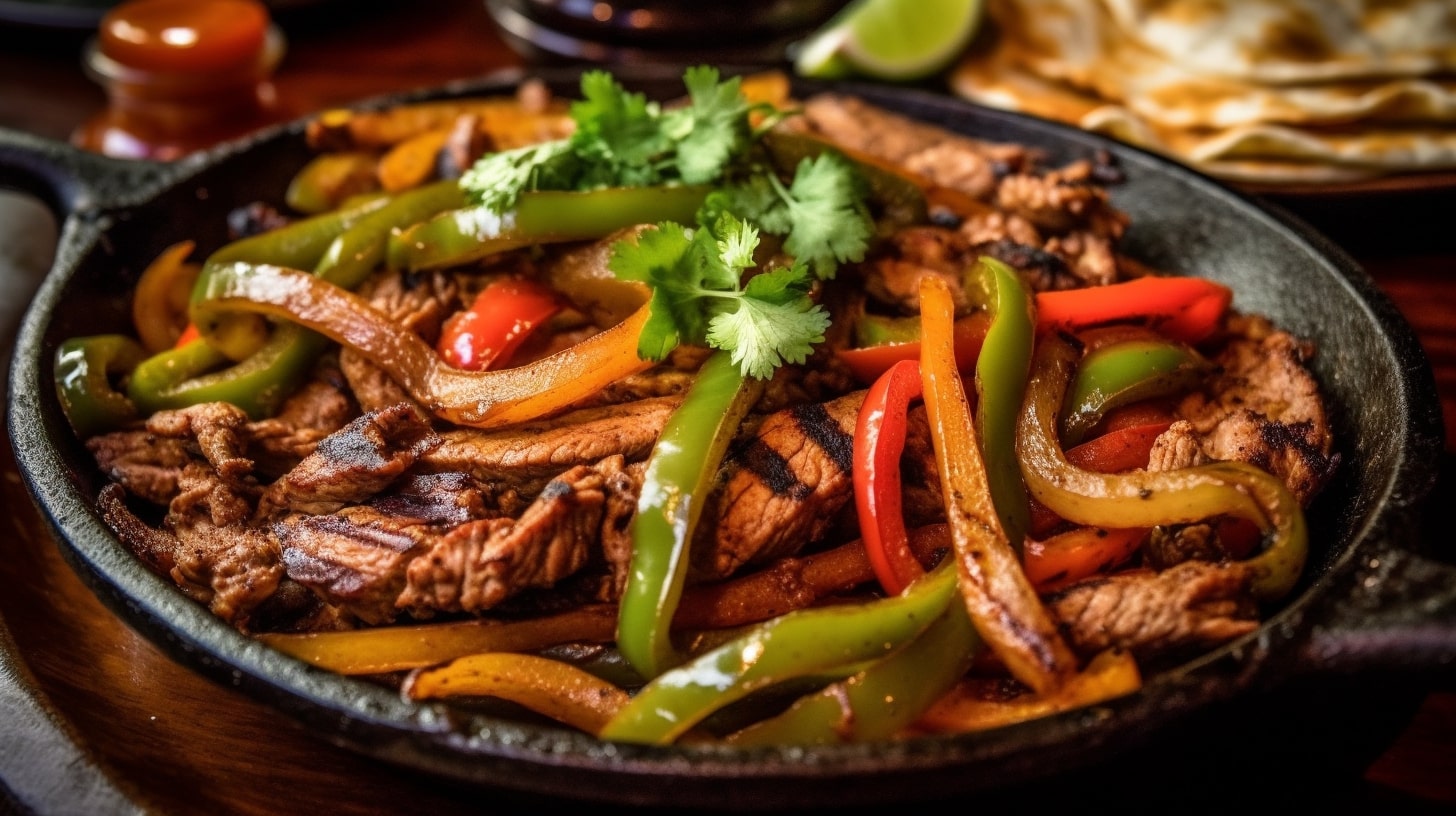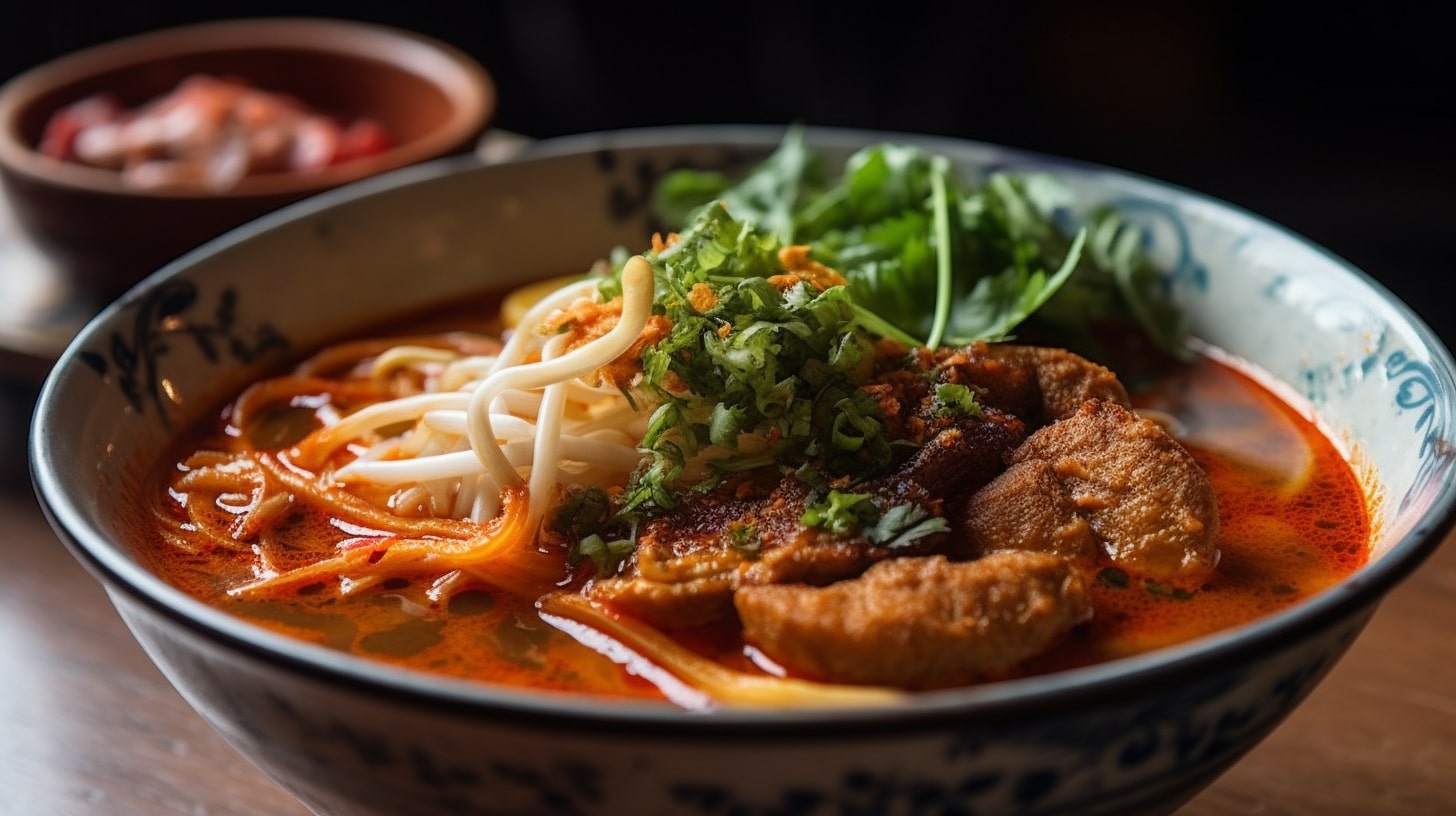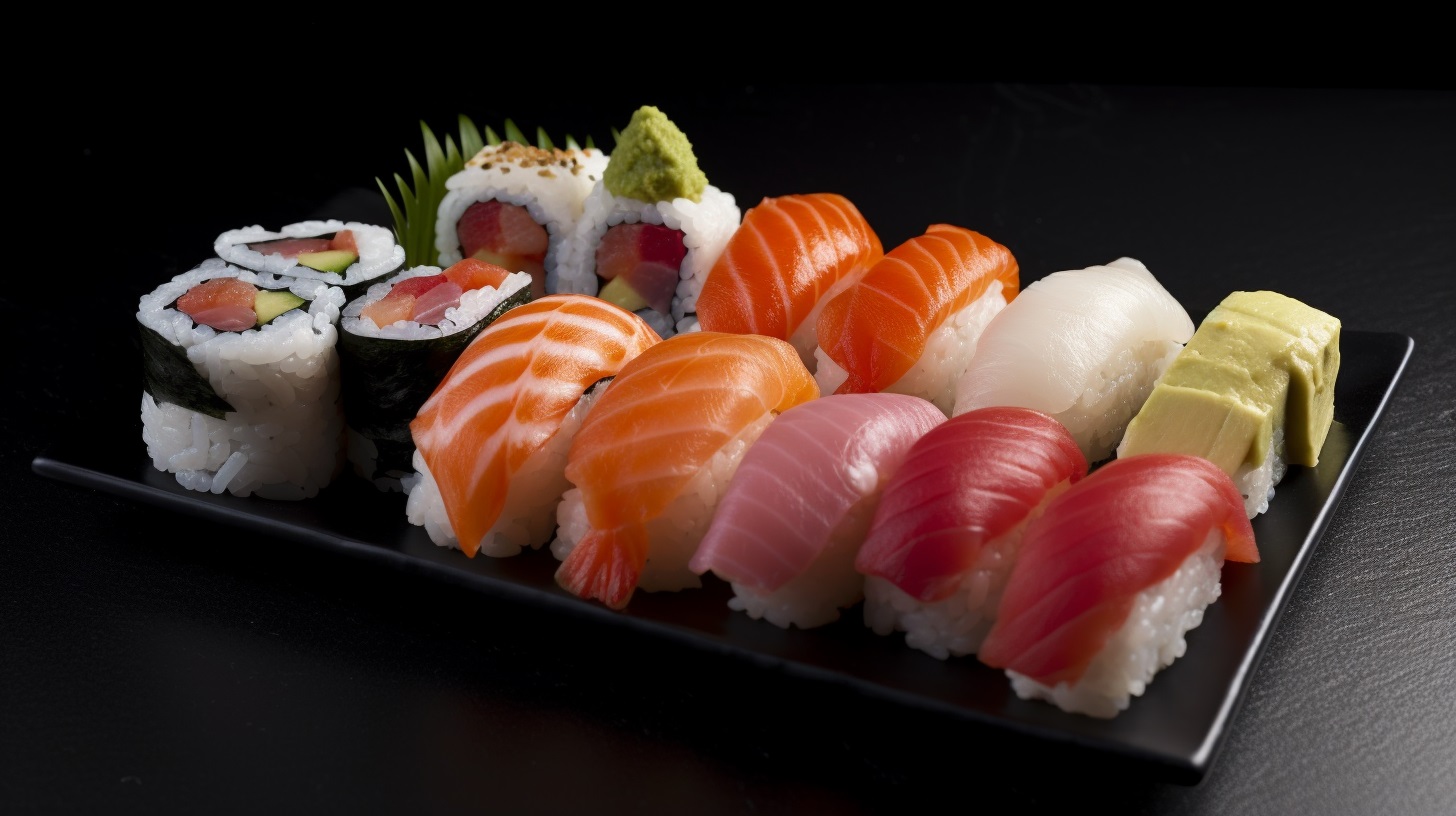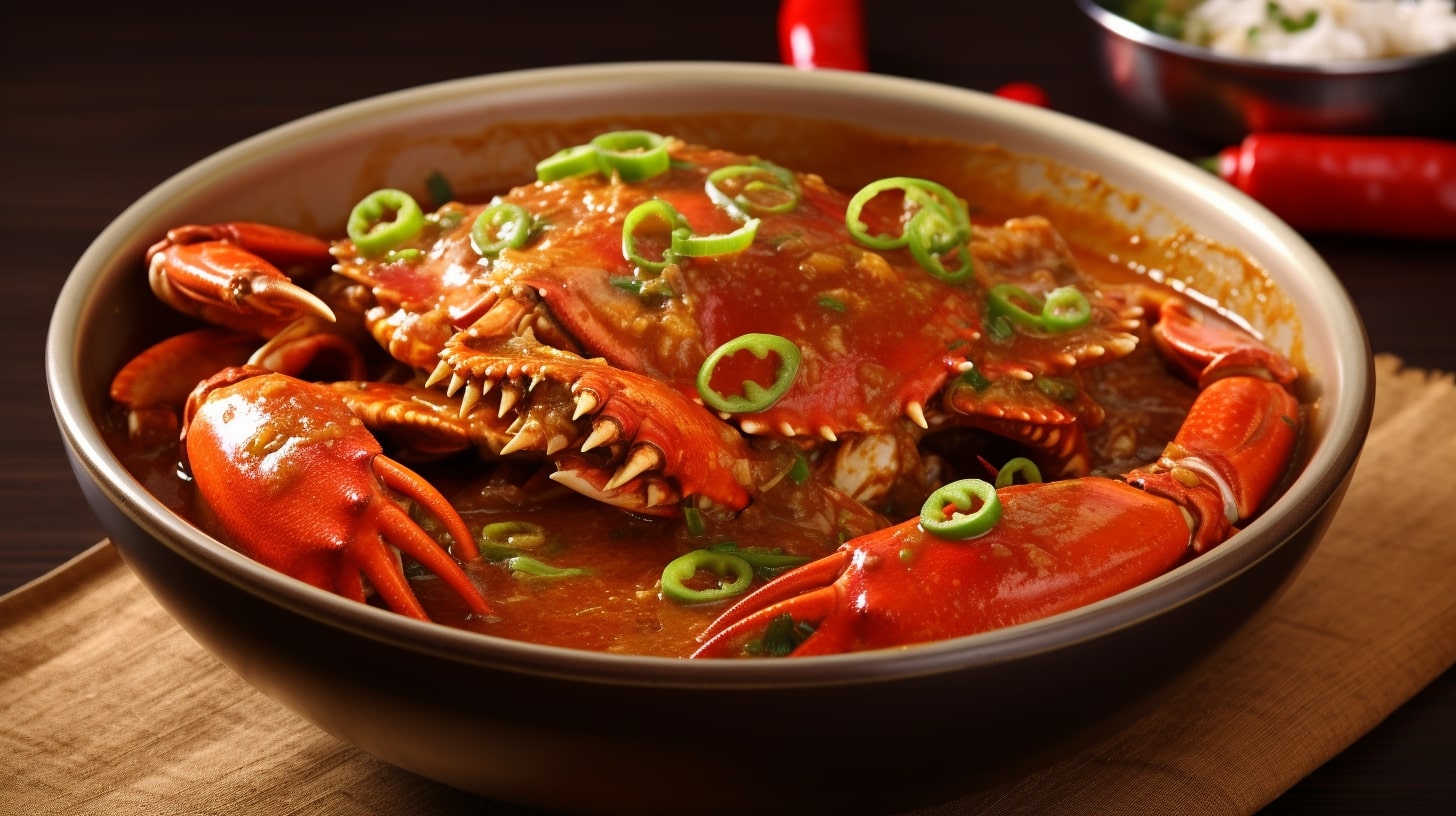Embark on a culinary adventure as we explore the world of sushi, a Japanese delicacy that combines vinegared rice and fresh seafood. Discover the different types of sushi, unravel the art of sushi-making, and learn about the best sushi spots to satisfy your cravings. Immerse yourself in the flavors, textures, and traditions that make sushi a true culinary masterpiece.
Introduction
If you’re a lover of fine cuisine and crave a truly unique and exquisite dining experience, sushi is the answer. Hailing from Japan, this artful dish has captivated the hearts and palates of food enthusiasts around the world. In this article, we’ll delve into the world of sushi, exploring its origins, highlighting its diverse variations, and uncovering the secrets behind its meticulous preparation. Get ready to embark on a culinary journey like no other.
Sushi: A Feast for the Senses
Prepare to indulge your senses as we dive into the intricacies of sushi. This elegant and refined dish is more than just a meal; it’s a work of art that combines flavors, textures, and visual aesthetics in perfect harmony.
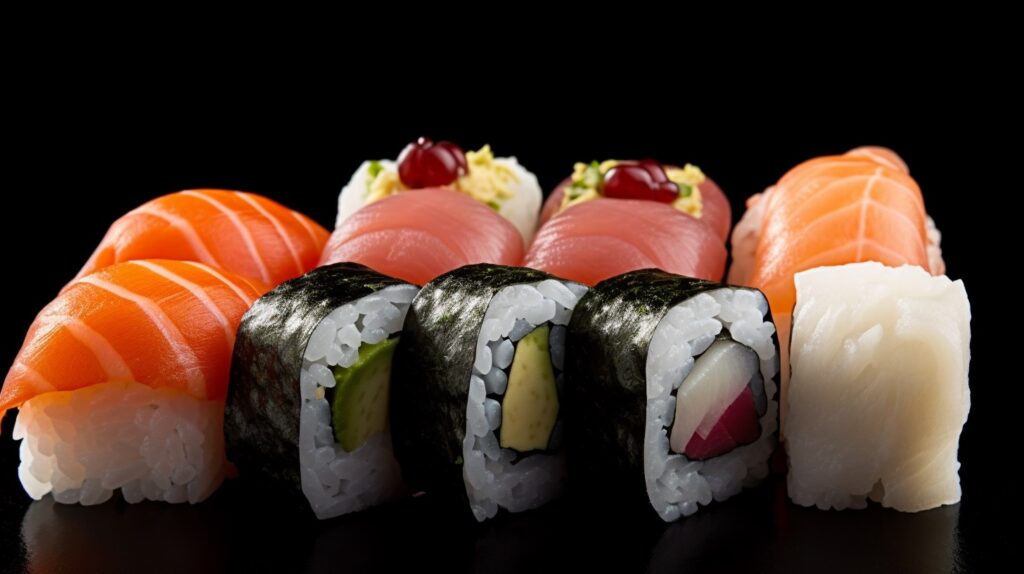
The Origins of Sushi
To truly appreciate sushi, we must first understand its origins. Sushi traces its roots back to ancient Japan, where it was initially conceived as a preservation method for fish. The process involved fermenting fish with rice and salt, which resulted in a tangy and flavorful creation. Over time, sushi evolved into the delicate masterpiece we know today, with various styles and techniques.
Types of Sushi
Sushi comes in a myriad of forms, each with its own distinct characteristics. Let’s explore some of the most popular types:
1. Nigiri
Nigiri sushi is a true testament to simplicity and elegance. It consists of a small mound of vinegared rice topped with a slice of fresh seafood, such as tuna, salmon, or shrimp. The delicate balance between the rice and the fish creates a harmonious bite that allows the flavors to shine.
2. Maki
Maki sushi, also known as sushi rolls, is a favorite among sushi enthusiasts. It involves rolling vinegared rice and various ingredients in a sheet of seaweed called nori. The fillings can range from fresh fish to vegetables, creating a delightful medley of flavors and textures. Maki sushi is often cut into bite-sized pieces, making it a convenient and visually appealing option.
3. Sashimi
While not technically sushi, sashimi is a close cousin that deserves recognition. It consists of thinly sliced raw seafood, expertly prepared and presented. The focus is solely on the freshness and quality of the fish, allowing you to savor the pure essence of the sea.
The Art of Sushi-Making
Behind every exquisite piece of sushi lies the artistry and skill of a sushi chef. The process of sushi-making is a meticulous one, requiring precision, knowledge, and a deep appreciation for the ingredients. Let’s take a closer look at the key steps involved:
1. Sushi Rice
The foundation of sushi is the rice. Sushi rice is prepared by cooking short-grain rice and seasoned with a delicate balance of rice vinegar, sugar, and salt. The result is a slightly sticky and flavorful rice that complements the toppings.
2. Knife Skills
A sushi chef’s knife skills are truly awe-inspiring. With a single stroke, they can slice through fish with precision, ensuring each piece is of the perfect size and thickness. This level of mastery takes years of practice and dedication to achieve.
3. Toppings and Garnishes
The choice of toppings and garnishes is crucial in creating a well-balanced sushi experience. From the freshness of the seafood to the judicious use of condiments such as wasabi and soy sauce, every element is carefully considered to enhance the overall flavor profile.

FAQs About Sushi
1. Is sushi always raw fish?
While sushi often incorporates raw fish, it’s not exclusively limited to it. Sushi can also feature cooked ingredients, such as eel, shrimp, or even tofu. The beauty of sushi lies in its versatility, catering to a wide range of dietary preferences and tastes.
2. Can sushi be enjoyed by vegetarians?
Absolutely! Vegetarian sushi options are readily available, offering creative combinations of vegetables, tofu, and other plant-based ingredients. These rolls are just as flavorful and visually appealing as their seafood counterparts.
3. How should sushi be eaten?
Sushi is traditionally eaten with your fingers, as the tactile experience enhances the connection between you and the food. However, it is also acceptable to use chopsticks if you prefer. Dip a small portion of the sushi into soy sauce, topping-side down, and savor it in one bite to fully appreciate the harmonious blend of flavors.
4. Is it safe to eat raw fish in sushi?
When prepared and handled properly, raw fish used in sushi is generally safe to consume. It is crucial to source fresh, high-quality seafood from reputable suppliers and ensure that the sushi is prepared in a clean and hygienic environment.
5. Are there any vegetarian alternatives for sushi lovers?
Absolutely! Vegetarian sushi options often feature a delightful assortment of vegetables, such as avocado, cucumber, sweet potato, and pickled radish. These alternatives provide a refreshing and satisfying experience for those who prefer to avoid seafood.
6. Can sushi be customized to dietary restrictions or allergies?
Yes, many sushi establishments are accommodating to dietary restrictions and allergies. Feel free to communicate your preferences or any dietary concerns to the sushi chef, who can recommend suitable options or make modifications to cater to your needs.

Conclusion
In conclusion, sushi is a true testament to the artistry and precision of Japanese cuisine. From its humble origins to its worldwide popularity, sushi continues to captivate food enthusiasts with its harmonious blend of flavors, stunning presentation, and cultural significance. So, embark on a culinary adventure, and let the exquisite world of sushi transport you to new culinary heights.
